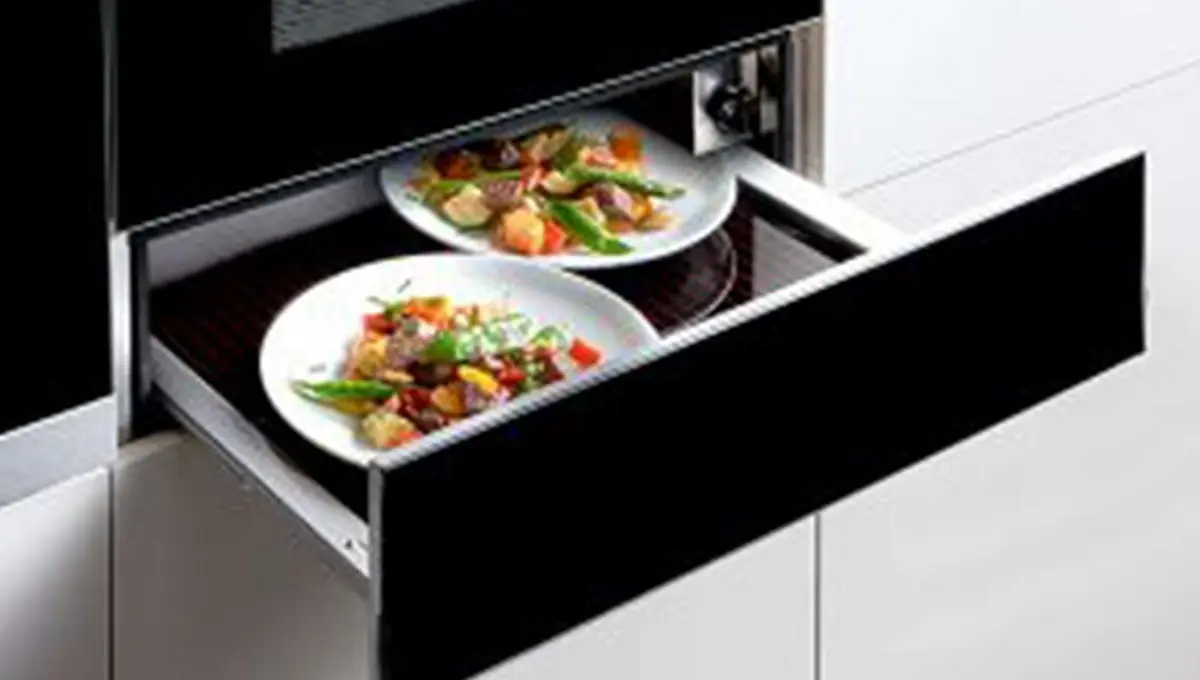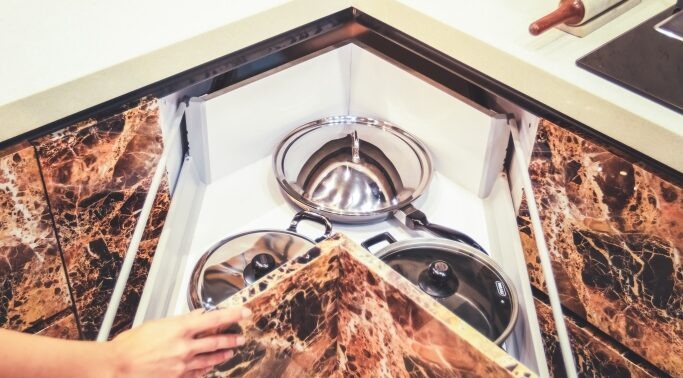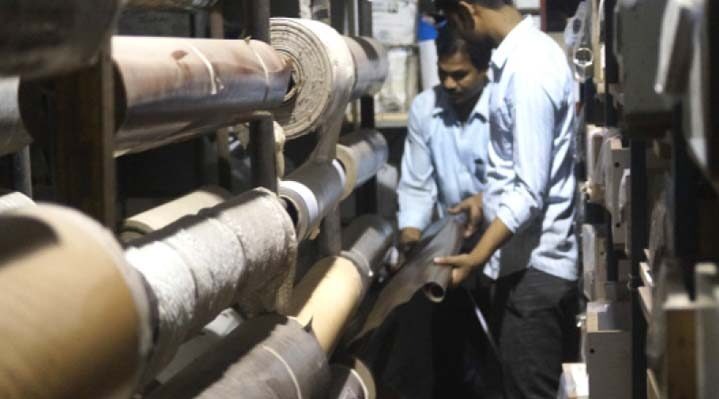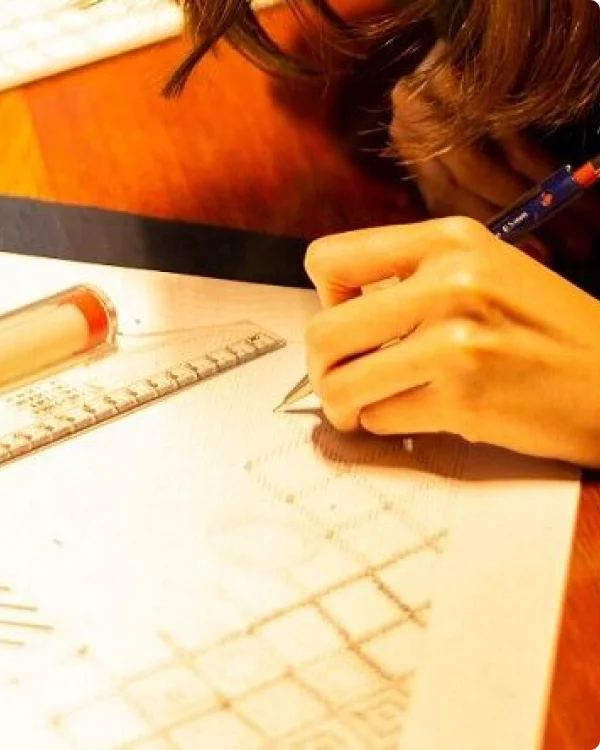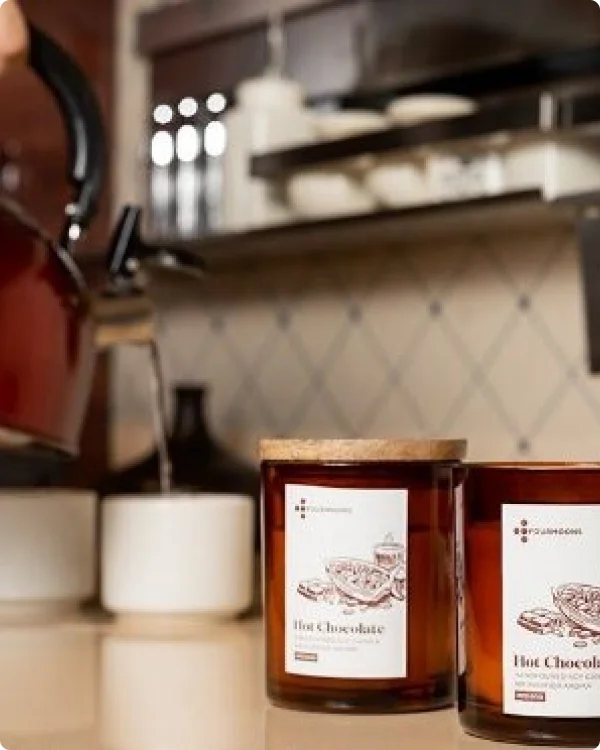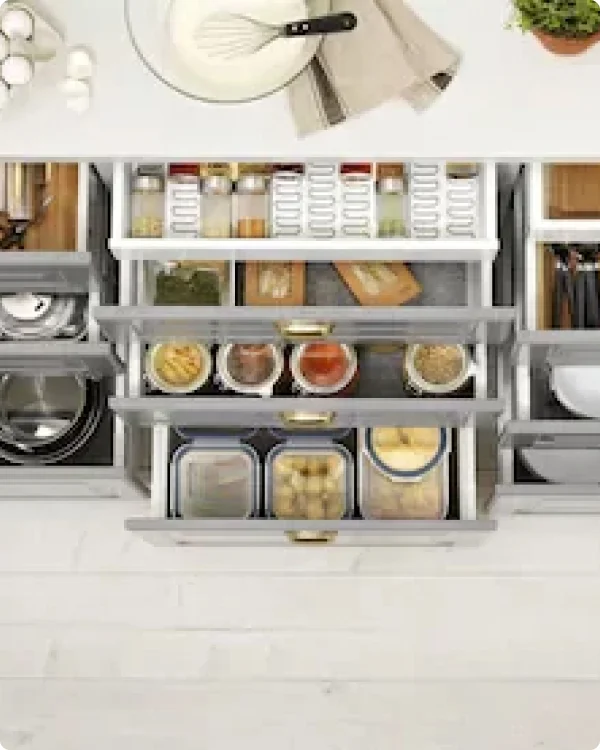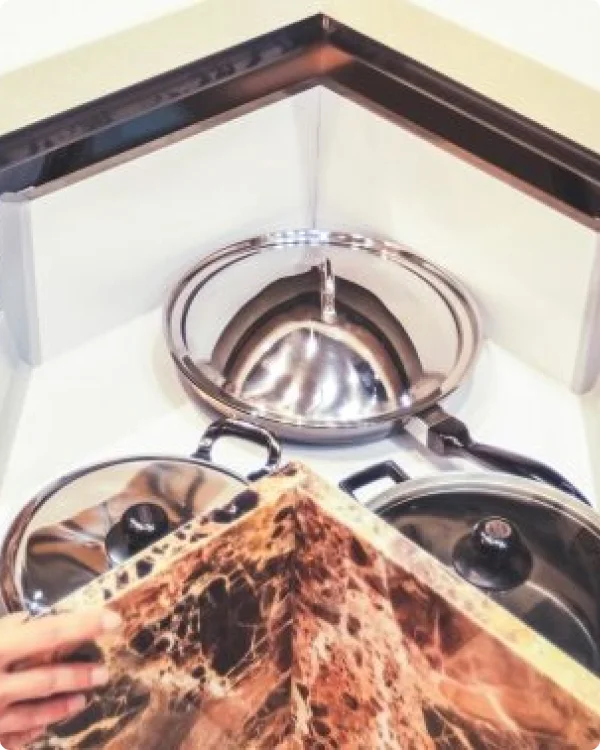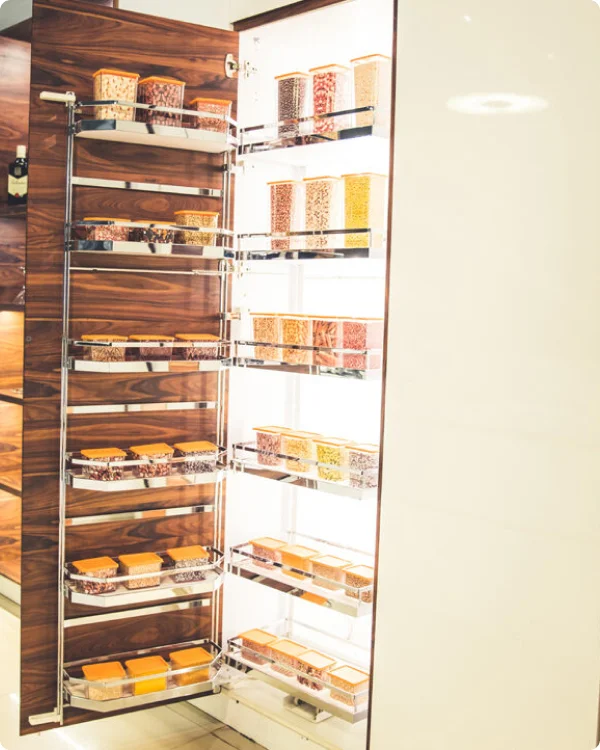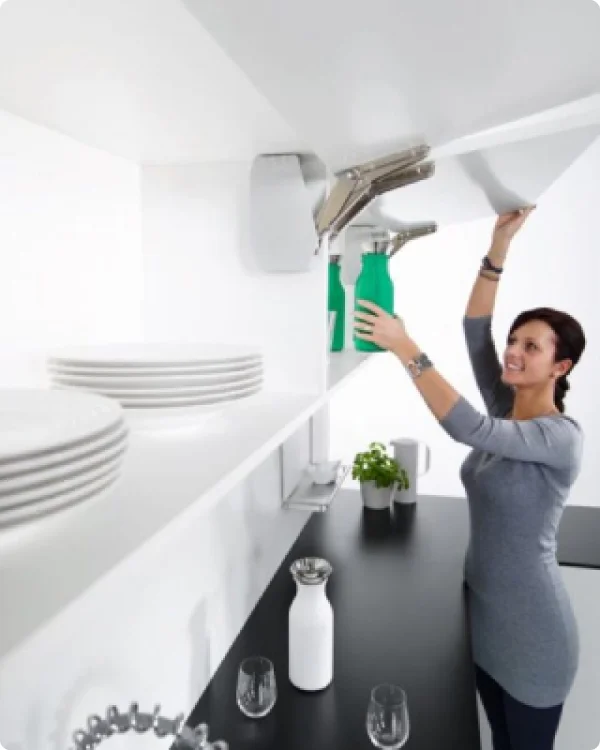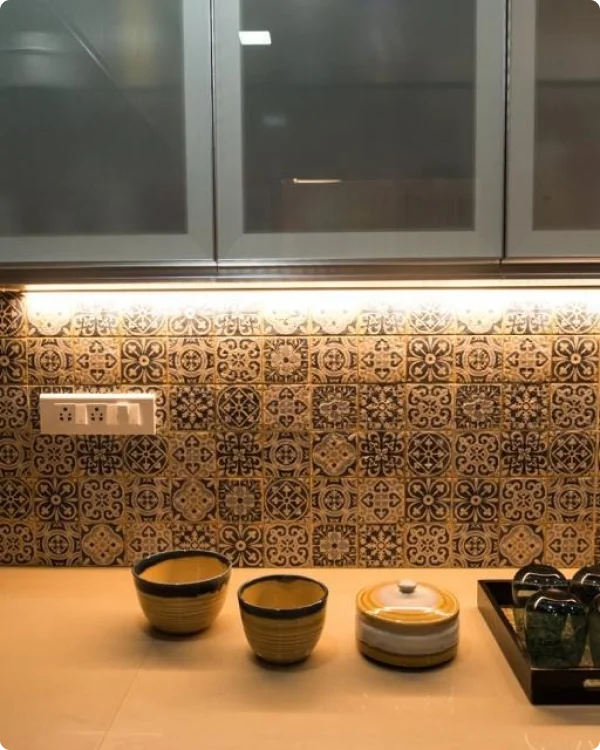Planning a safe kitchen is crucial to prevent any accidents or hazards that can harm individuals using it. Below are some safety norms that should be considered before planning a kitchen:
Electrical safety:
Kitchen appliances require electrical connections, which can pose a risk of electric shocks or short circuits. Ensure that electrical outlets are installed at a safe distance from water sources, and all electrical connections are concealed and properly grounded. It is also important to ensure that appliances with frayed cords or broken plugs are not used.

Gas safety:
Gas stoves and ovens are commonly used in kitchens, which means gas pipelines and connections need to be properly installed and maintained. Gas leaks can cause fires and explosions, so it is essential to check the gas connections regularly and install a gas detector to detect any gas leaks.

Ventilation:
Kitchens are prone to smoke and fumes from cooking, which can cause respiratory problems if not ventilated properly. Installing a good ventilation system, like an exhaust fan or chimney, can ensure proper ventilation and prevent health hazards.

Fire safety:
Kitchens are vulnerable to fires, and it is important to take precautions to prevent fires from occurring. Installing a fire extinguisher, using fire-resistant materials for cabinets and countertops, and ensuring that flammable items like curtains or paper are kept away from the stove can prevent fires.

Anti-skid flooring:
Kitchen floors can become slippery due to water spills or oil splatters, which can lead to slip and fall accidents. Anti-skid flooring can provide a good grip, reducing the risk of falls.

Storage safety:
The kitchen is a place where sharp knives, heavy utensils, and other potentially dangerous tools are used. Ensure that sharp objects are stored safely, and heavy items are kept in lower cabinets to avoid them from falling off and causing injury.

By considering these safety norms while planning a kitchen, one can ensure a safe and accident-free environment.







 About
About
 Services
Services
 Products
Products
 Support
Support
 Working at Concept
Working at Concept

 Aug 14, 2023
Aug 14, 2023
 Designs
Designs





